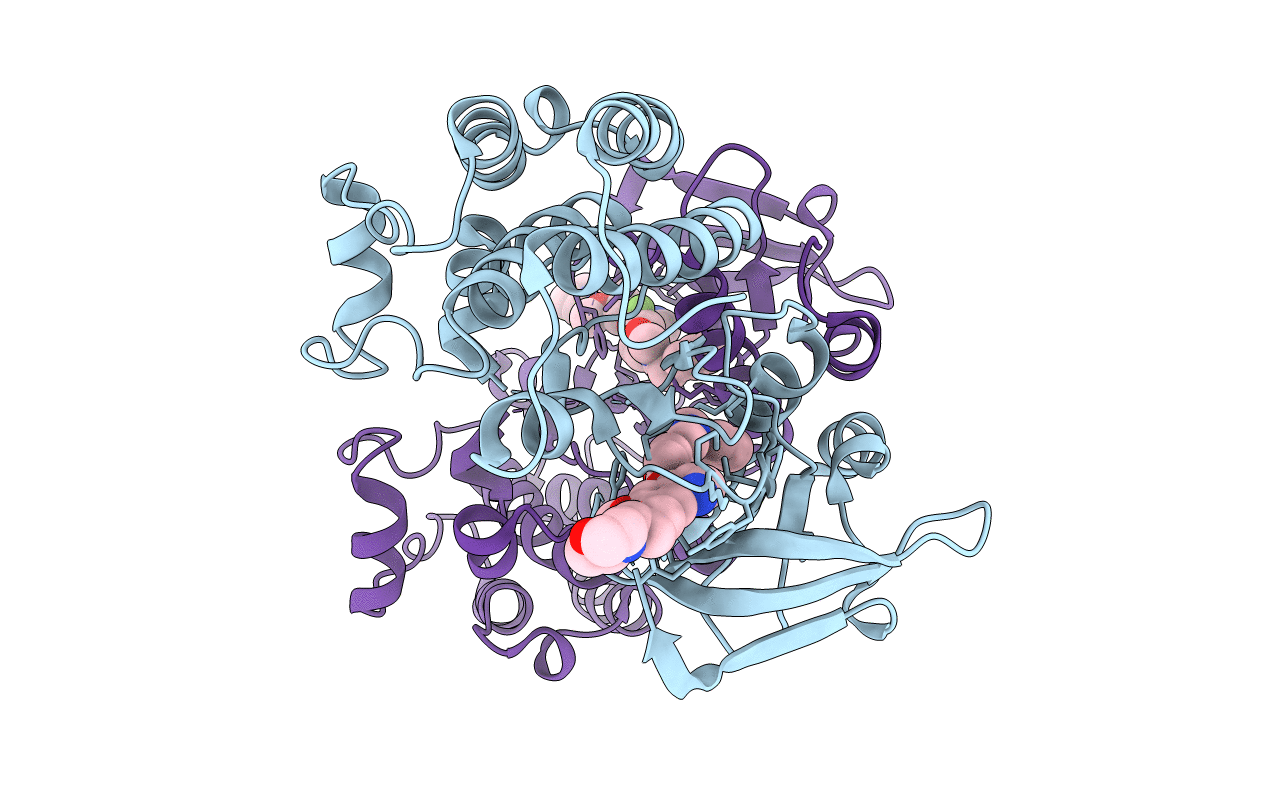
Deposition Date
2007-10-01
Release Date
2007-11-06
Last Version Date
2023-08-30
Method Details:
Experimental Method:
Resolution:
2.50 Å
R-Value Free:
0.29
R-Value Work:
0.23
R-Value Observed:
0.24
Space Group:
P 21 21 21


